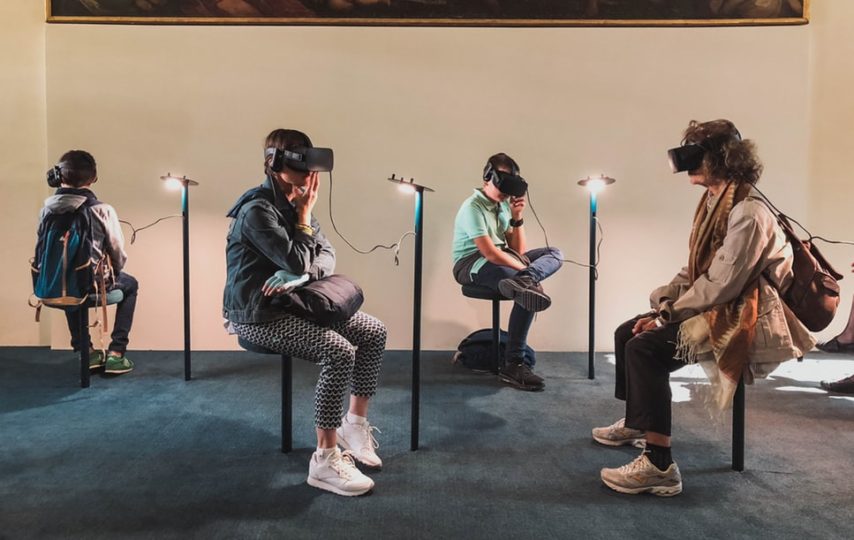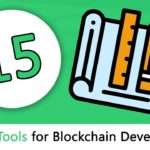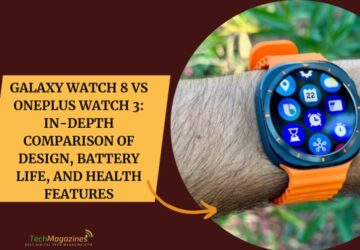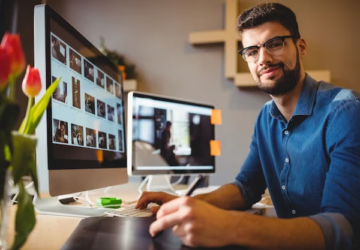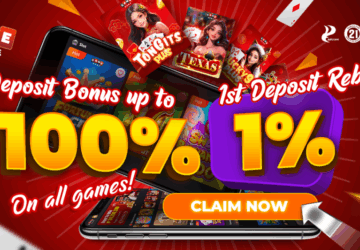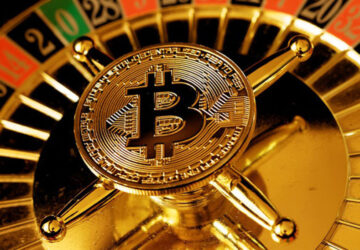Virtual reality (VR) was formally introduced to the public in the early 1950s as a theatrical tool. The technology was then developed to use in medicine, aviation, automotive, and the military sectors.
Fast-forward to the present day, and VR is being used across all industries, not to mention the consumer market with the Oculus Rift. Close to 10 years since the gaming headset was invented, VR headsets have become affordable, and their popularity continues to grow.
Consumption
VR can make retail shopping more convenient. For example, you can browse online clothing sites and “try on” items by superimposing the products on your body type. It’s a feature being used by retail giants like Amazon for furniture or even when shopping for appliances. This application can add extra layers to the shopping experience. Case in point: a collaboration between One Aldwych Hotel in London and Dalmore Whisky, which created a VR experience for their patrons. Every time someone ordered a drink, it was served with a VR headset that provided an immersive visit to the distillery where the drink was made.
Entertainment
Education
It’s common knowledge that flight simulations can be conducted via VR but did you know that trainee pilots are not the only ones who benefit from it? VR as an educational tool has also been explored by the medical industry, specifically by aspiring doctors. For instance, medical students at Stanford University have the unique opportunity to practice performing operations via VR-designed environments. After all, there’s very little room for error in the field of medicine, especially in surgery, and VR allows future doctors to perfect their skill without endangering the lives of their patients. You can also learn anatomy and conduct physical therapy with VR, which is now being tested for aiding cancer treatment.
Exercise
You’ll never get bored working out with a VR headset. There are plenty of examples of how the tech is used in the fitness industry, and one is via the uber popular Knockout League. It’s a boxing game that makes the sport more realistic and engaging than punching a bag over and over again. Another example is how some spinning studios use VR to take their students to different environments that make the intense workout a lot more fun.
Law Enforcement
Axon, the company responsible for Taser weapons and body cams, is venturing into the world of VR for law enforcement training. Their current focus is on cultivating empathy — something that law enforcement admittedly lacks. Different scenarios are given to the officers in which they literally switch perspectives with people in a police encounter. The goal is to train them to understand the emotional crisis people go through when faced with uniformed officers and how best to tackle the situation with the least physical damage as possible.
Lotteries
The latest innovation in the lottery world is in the form of Loto-Quebec’s idea to use VR to present possible scenarios after winning the jackpot. The goal isn’t to deter people from playing the lottery but rather, to prepare them for situations that they’re not familiar with, like fake charities, given the sudden influx of cash in their pockets. Other than this, VR can make the lottery process much more immersive by updating the gameplay with interesting visuals not unlike those in video games or online games. This can amp up the excitement that the possibility of winning the lottery already presents, given that the jackpots are considerable and life-changing. Megamillions, for example, has a minimum jackpot of $40 million, but Lottoland notes how this figure can go as high as $1.6 billion in exchange for a $4 ticket — something that can very well excite lottery enthusiasts and casual gamers alike. It’s only a matter of time before VR can make lotteries more attractive to younger players, who are looking for more immersive platforms for entertainment.
Meditation and Emotional Therapy
Finding your happy place is more accessible with VR. It can be anywhere in the world — a library, a beach, a mountain — or even outer space. This can be very useful for people who experience chronic stress or who are diagnosed with mental illnesses. Think of it as a more high-tech form of meditation, where the user can take themselves out of triggering situations even for a brief time. It is quite the opposite technique from Exposure Therapy, which uses VR to reduce violent or emotional reactions to certain triggers.
Real Estate
Canvassing real estate is now made easier with the magic of VR technology. In Venture Beat‘s list of the different use cases of this technology in the real estate industry, they noted how it has the biggest impact on providing tours for potential buyers. That’s because VR allows investors to view as many properties as they’d like within a shorter amount of time and choose which properties are worth visiting in person. This means foreign buyers can look at houses, apartments, and other properties before making the expensive travel overseas. If, for example, you’re planning on moving states or countries, you can check out available rentals or properties for sale and get settled in no time.
Physical Therapy
In relation to meditation, changing environments can provide necessary distractions for people dealing with acute or chronic pain. Hence, it can be useful in conducting therapy. In fact, it is currently being used by burn units. The technology helps calm down their patients and alleviate their pain. It’s worth acknowledging that VR doesn’t actually reduce pain but rather, one’s perception of it, which leads to similar results, helping to improve comfort.
Tours
Exploring museums without actually visiting one is now possible with VR technology. Cultural centers such as the Guggenheim and the British Museum have made a few of their collections available for VR users. You can even get more information on the pieces displayed as if you were walking around with a personal guide.
All in all, virtual reality continues to prove that it is an exciting form of technology with a vast potential for personal and professional use. Some of its applications are still in development, but there’s a lot of promise in how VR can change the user experience in many industries. Other than entertainment, it’s a major game-changer in the fields of medicine, real estate, retail, law enforcement, and many others.

